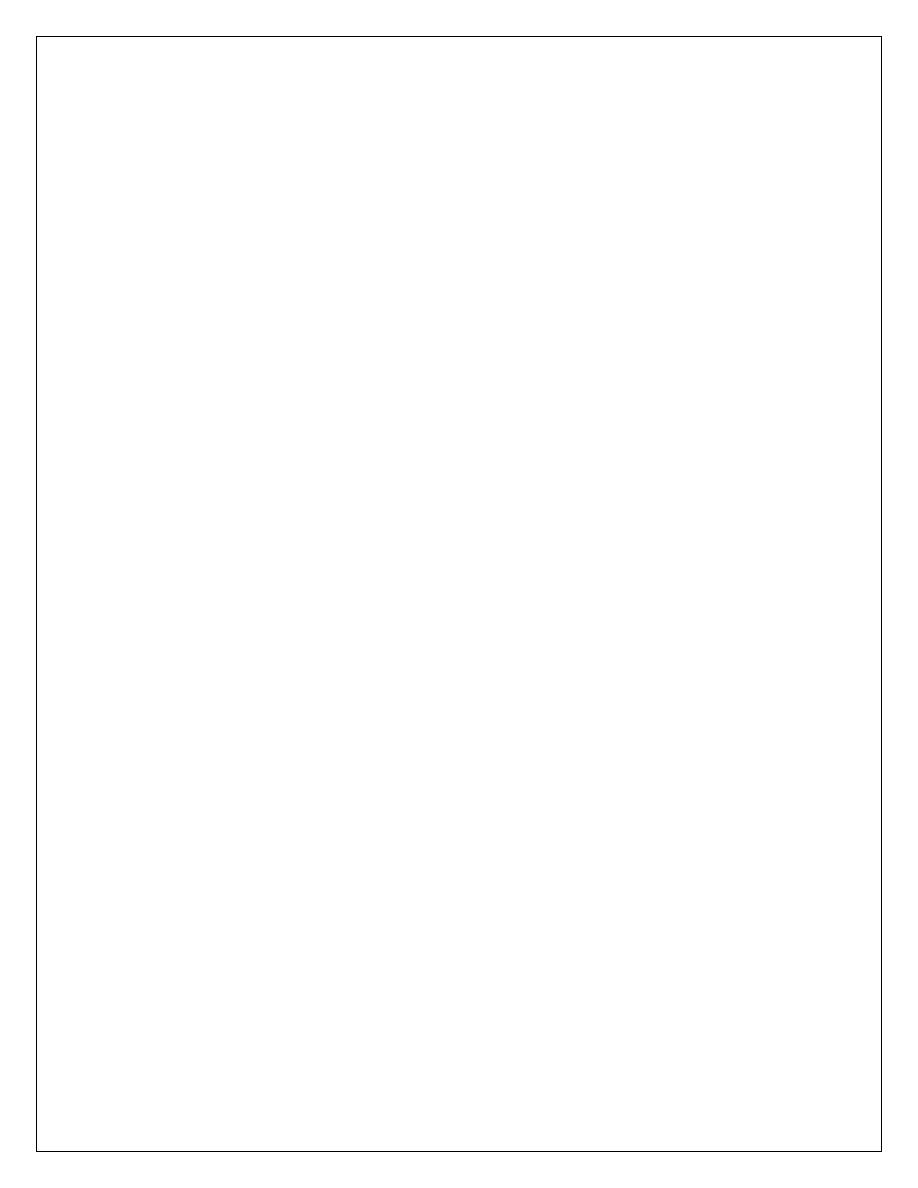
PEDIATRICS
L8 Dr. Tariq
Amebiasis
Etiology :
There are two species that infect human , Entamoeba disease which is
associated only with asymptomatic carrier state , and E. histolytica
which cause invasive disease . Infection occurs by ingestion of cyst
which is (10-18 mm) in diameter and contain 4 nuclei . The cysts are
resistant to low temp. and chlorine but they are killed by boiling to
55 C
, after ingestion , cyst undergoes excystation to form
(8 trophozoites) , they are large and motile colonize the lumen of the
large intestine and invade the mucosal layer . Mode of transmission is
by ingestion of food or drink contaminated with cyst .
Clinical Manifestations :
They range from asymptomatic carrier to amoebic colitis , amoebic
dysentery , amoeboma and extraintestinal disease . Asymptomatic
carrier occurs in 90% of infected persons .

Amoebic colitis :
May occur within 2 wks of infection , the onset is usually gradual with
colicky abd. pain , diarrhea , tenesmus . Stool contain blood and
mucus . Fever is presentation of 1/3 of cases.
Amoebic dysentery :
It is associated with sudden onset of fever , chills and severe diarrhea
result in dehydration .
Amoebic liver abscess :
It is a serious manifestation of disseminated disease , it is uncommon
in children , occurs in less than 1% after months or years from
exposure , the hallmark is fever, abd. pain , distention, tender
enlarged liver , elevated diaphragm and atelectasis or effusion .
Diagnosis :
1 – detection of E. histolytica Ag in stool by ELISA .
2 – microscopical examination of 3 fresh stool samples have
sensitivity more than 90 % .
3 – U/S,CT and MRI for liver abscess .
4 – serum amoeba Ab test .
5 – endoscopic biopsy if amebiasis is suspected while stool
examination is negative
.
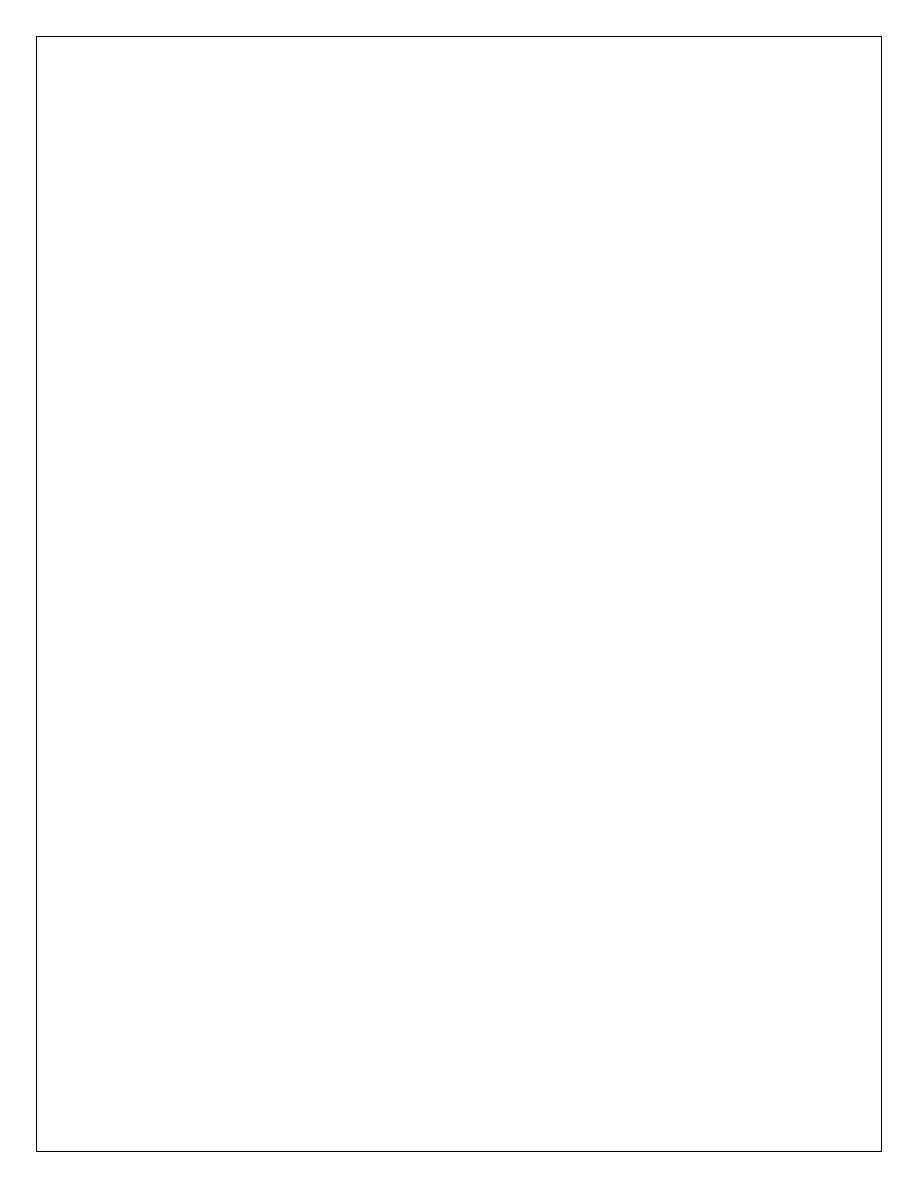
DDX :
For amoebic colitis : shigellosis , salmonella , E.coli ,campylobacter ,
Yersinia ,CMV , non infective causes like IBD .
Treatment :
1 – invasive disease :
Metronidazole (35-50 mg/kg/day) in 3 divided doses per day for
7-10 days .
Or :
Tinidazole (50 mg/kg/day) for 3 days .
Followed by : Paromomycin (25-35 mg/kg/day) 3 divided doses
per day for 7 days. Or
Diloxanide (20 mg/kg/day ) 3 divided doses per day for 7 days .
2 – asymptomatic carrier :
Paromomycin or Diloxanide .
Prevention :
Proper sanitary measurement , avoidance of feco-oral contacts and
screening of food handlers .
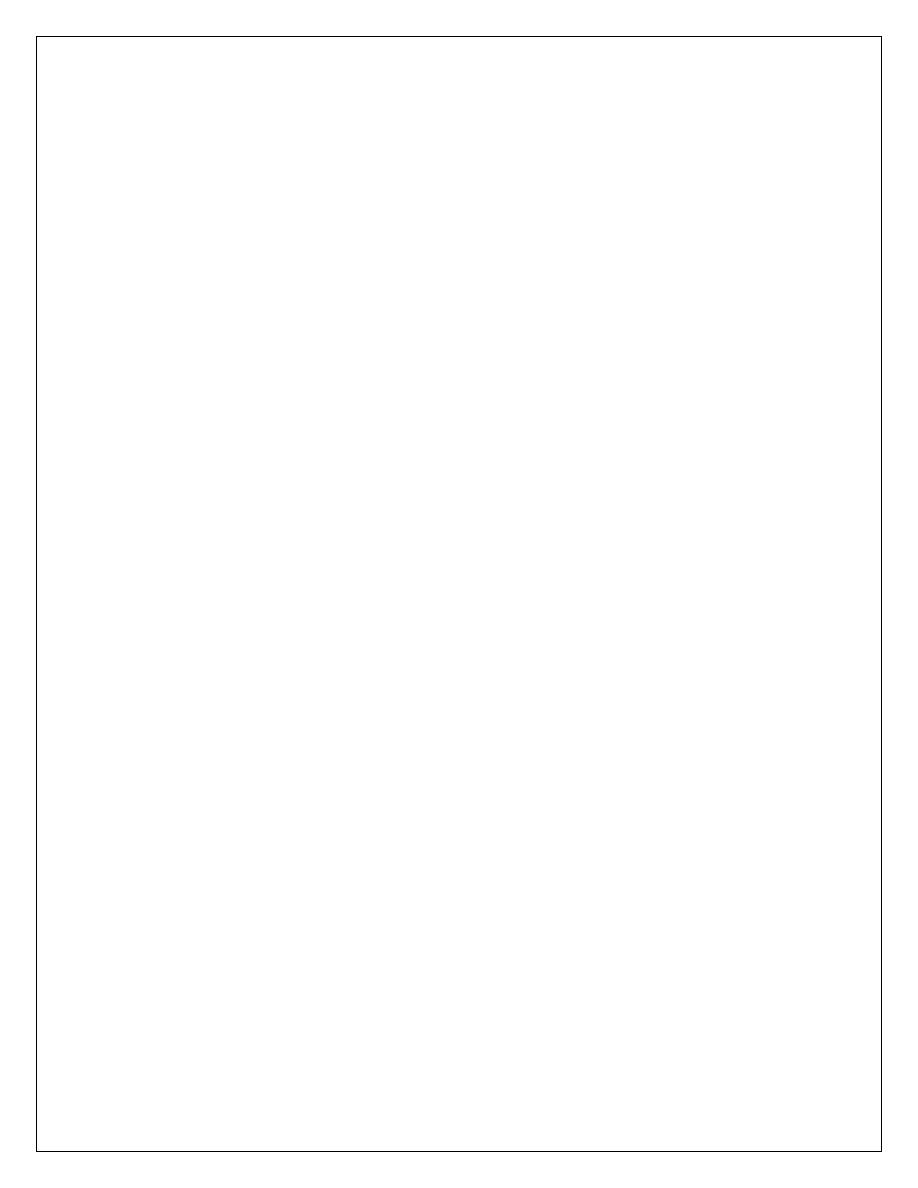
Giardiasis
Etiology :
It is caused by flagellated protozoa called G. lamblia , infection occurs
by ingestion of cyst which measure (8-10 mm ) , each cyst produce 2
trophozoites , after excystation , trophozoite colonize the lumen of
duodenum and proximal part of jejunum where attach to the brush
border of villi , detached trophozoite pass down and undergoes
encystation to form the cyst .
Clinical Manifestations :
Incubation P. of G. lamblia is 1-2 wks , manifestations range from
asymptomatic carrier to acute infection , diarrhea or chronic diarrhea .
Most infections are asymptomatic with no extraintestinal spread .
Symptomatic infections more common in children than in adult
include diarrhea ,malaise ,abd. distension , flatulence , nausea , foul
smell stool , Wt loss , vomiting ,with or without low grade fever . Stool
don’t contain blood , mucus and leukocytes .
DX :
By finding of cyst or trophozoite by microscopical examination of stool
, 3 samples are required to achieve sensitivity more than 90% , ELISA
and direct fluorescent are more sensitive than stool ex. , in pt. whom
giardiasis is suspected but the stool ex. is negative , biopsy from
duodenum should be performed , PCR , radiograph contrast show non
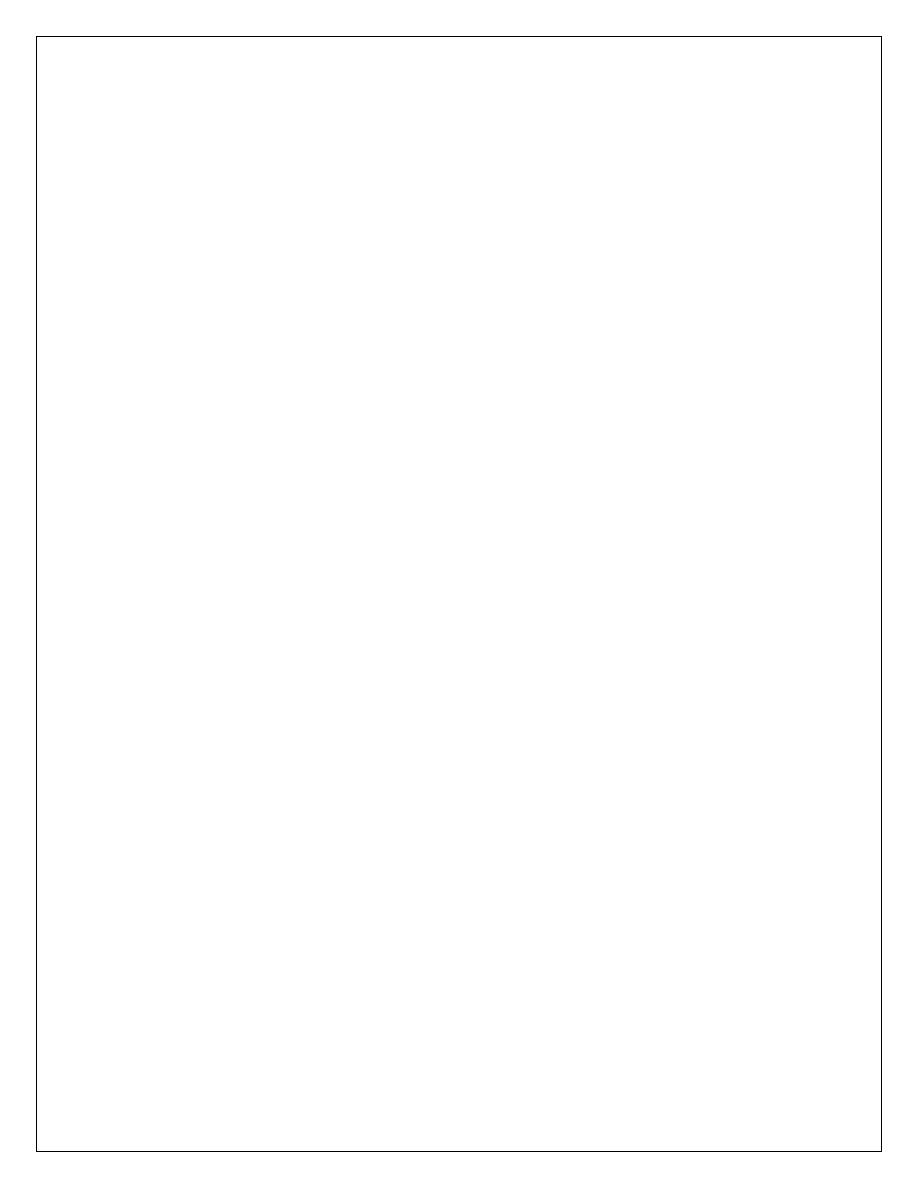
specific features like irregular thickening of the mucosal layer , CBC is
normal .
Treatment :
Asymptomatic carrier don’t need treatment .
1 – Tinidazole (50 mg/kg/day) age more than 3 yrs , single dose per
day for 3 days.
2 – Nitazoxanide :
Age less 4 yrs (100mg bid) for 3 days .
4-12 yrs (200 mg bid ) for 3 days .
More than 12 yrs (500 mg bid) for 3 days .
3 – Metronidazole (15 mg /kg /day) 3 divided doses for 5-7 days .
Alternative are albendazole , furazolidone ,
paromomycin and
quinacrine .
Prevention :
1 – good hands washing after contact with feces .
2 – purifying water by filtration and chlorination.
3 – avoid drinking from shallow wells and lakes .
4 – avoid uncooked food when travel to an endemic area.
5 – boiling water for at least 1 min.
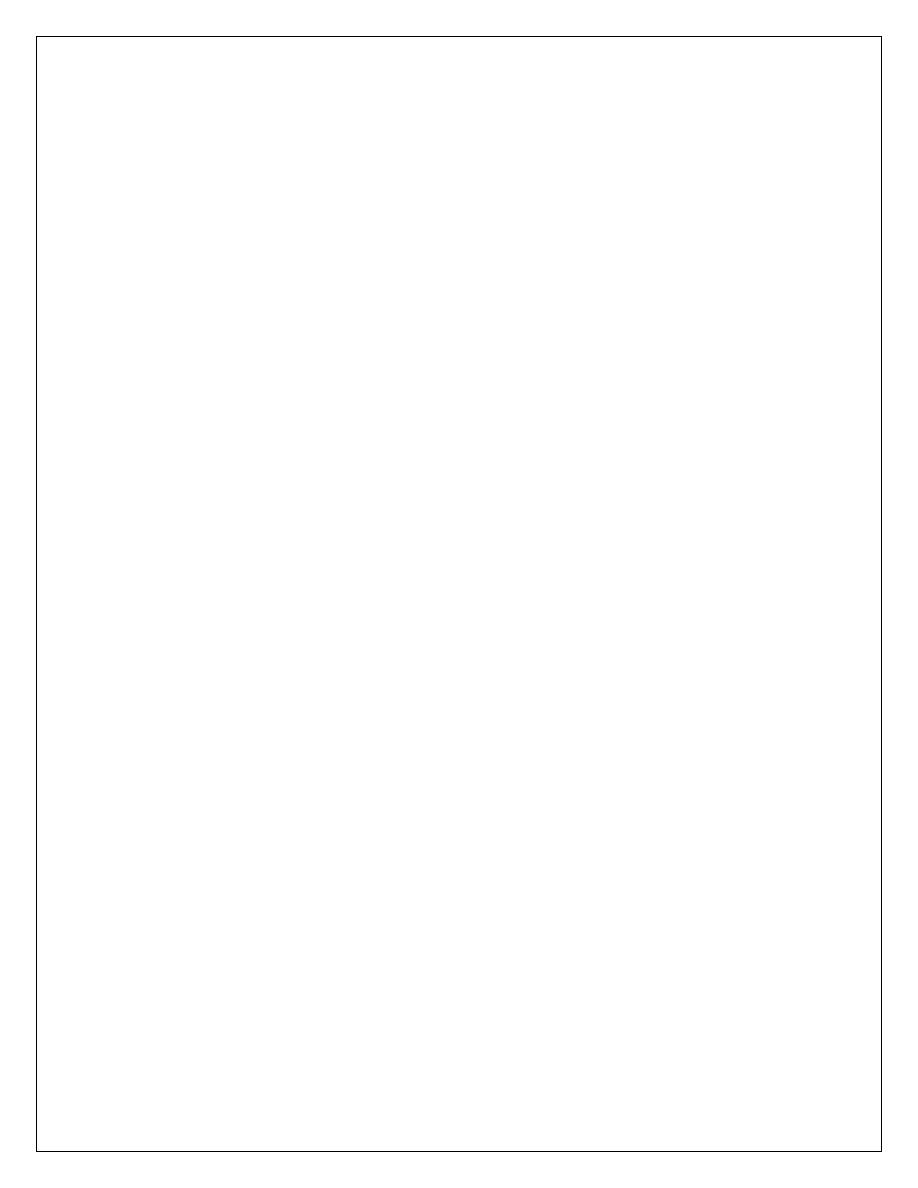
Cholera
Etiology :
Vibrio cholera is slightly curved , G- , aerobic bacilli with polar
flagellum , it’s antigenic structure consist of flagellar H Ag and
somatic O Ag .
Pathogenesis :
More than 10
8
bacteria are needed to cause clinical disease because
organism is killed by gastric acidity , after colonization at upper small
intestine ,V.cholera O1 and O139 produce enterotoxins that promote
secretion of fluid and electrolytes into the lumen . The enterotoxin
consist of 5 (B) subunits and 1 (A) subunit . B subunit bind to
ganglioside receptor in S.I allowing A subunit to enter cell where
activate adenylate cyclase leading to increase in cyclic AMP . Cyclic
AMP block absorption of Na and promote secretion of Cl and water
result in severe diarrhea , volume depletion and shock . Loss of
bicarbonate and K lead to metabolic acidosis and hypokalemia .
C . F :
Cholera infection characterized by acute onset of watery diarrhea and
vomiting without abd. cramp or fever , the stool is colorless with
small fleck of mucus (rice water ) , sometimes with feshy odor . Child
become extremely thirst and if fluid not replaced lead to LOC , others
like hypoglycemia , seizures and death within few hrs , incubation P. is
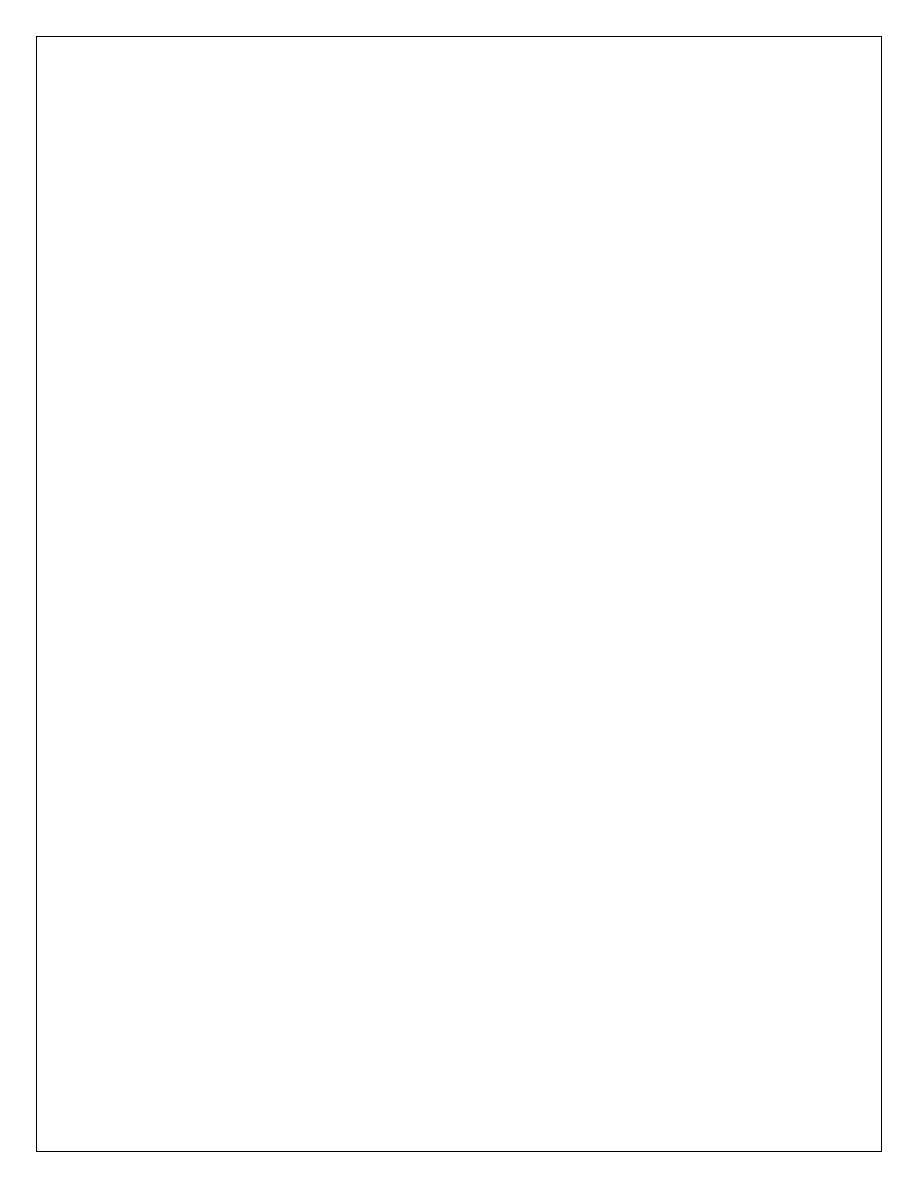
18hrs – 5 days , most infected child have no symptoms or mild
diarrhea depending on immunity , size of inoculum and gastric acidity.
Lab. Findings :
1. Haemoconcentration .
2. Increasing in serum specific gravity .
3. Low serum Na and K .
4. Metabolic acidosis .
DX :
The diagnosis of cholera remains primarily depending on the clinical
ground ,in endemic area , any child with severe watery diarrhea
should be considered as a possible case of cholera and treatment
should be started immediately .
Rapid test include dark-field microscopy to detect the organisms .
Diagnosis is confirmed by isolating the organism on stool culture ,
the stool should be plated on the thiosulfate-citrate-bile salts- sucrose
media (TCBS) .
Complications :
1. Lethargy ,seizures ,coma , fever and hypoglycemia are more
common in children than adult .
2. Paralytic ileus and abd. distension due to hypokalemia .
3. Hypokalemic arrhythmia and death in 10% .
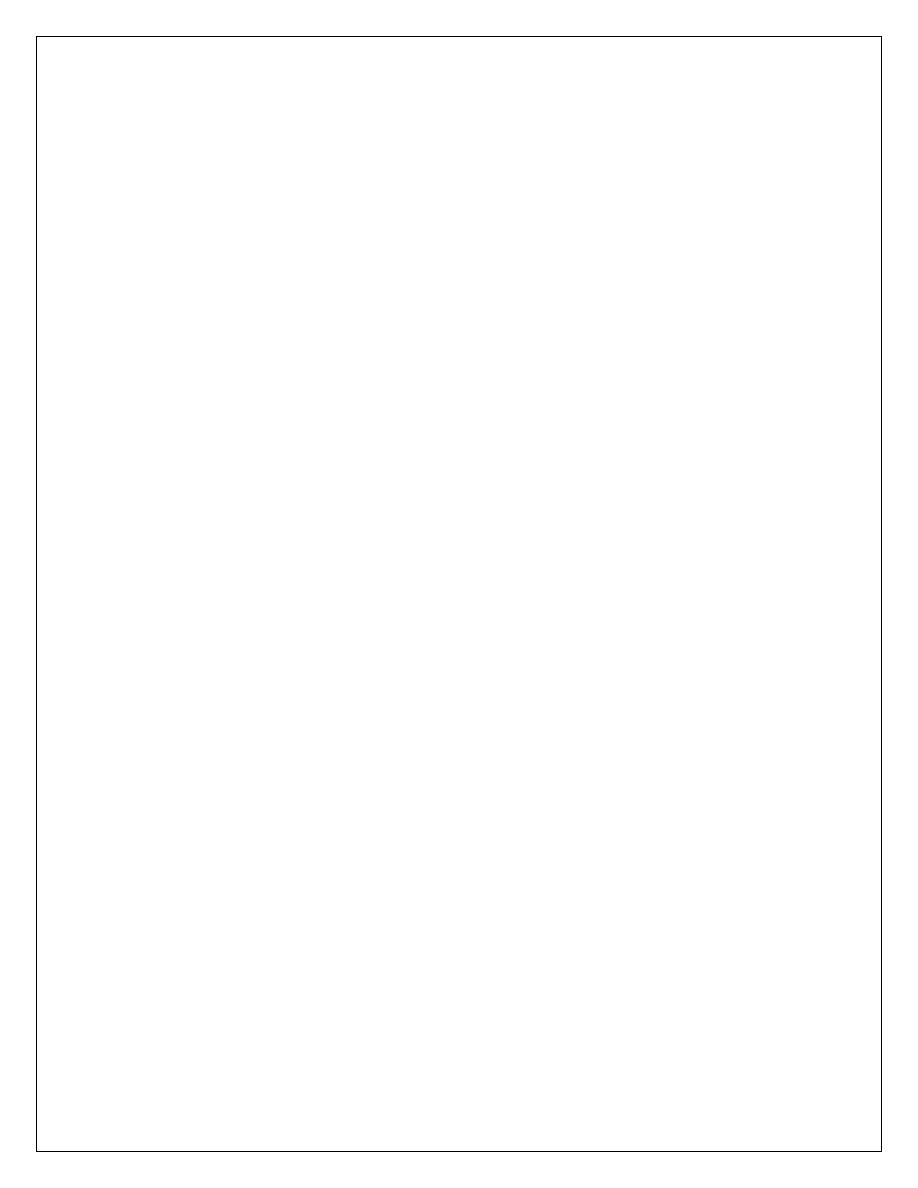
4. Pulmonary oedma due to fluid overload because of over
administration of fluid .
5. Hyponatremia .
6. Transient tetany .
Treatment :
The mainstay of treatment is fluid and electrolytes replacement by
ORS containing ( 90 mmol Na , 20 mmol K ,80 mmol Cl ,111 mmol
glucose and 10 mmol citrate ) per liter or WHO ORS which contain
less 5 mmol Na and glucose .
ORS is not used if the patient have ileus , coma or shock , in these
conditions IV fluid is needed in form of Ringer lactate . vomiting is not
contraindication for ORS .
Antibiotics are useful in shortening of illness duration , fluid
replacement and excretion of organisms .
Tetracycline (50 mg/kg/day ) in 4 divided doses .
Doxycycline (5 mg/kg) single dose .
In resistant strains and age less than 9 yrs ,TMP-sulfamethoxazole
(8-10 mg/kg/day ) twice .
Erythromycin (40 mg/kg/day ).
Furazolidone (5-10 mg/kg/day ) .
Prevention :
Ensure safe water and food ,adequate personal and community
hygiene and using of V.cholera vaccine in endemic areas .



